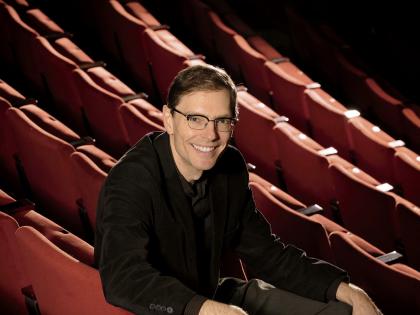John James Audubon described the stentorian voice of the ivory-billed woodpecker in his Ornithological Biography, prose descriptions of the birds depicted in The Birds of America (1827-1838): “Its notes are clear, loud, and yet rather plaintive. They are heard at a considerable distance, perhaps half a mile, and resemble the false high note of a clarionet [sic]. They are usually repeated three times in succession, and may be represented by the monosyllable pait, pait, pait. These are heard so frequently as to induce me to say that the bird spends few minutes of the day without uttering them, and this circumstance leads to its destruction, which is aimed at, not because (as is supposed by some) this species is a destroyer of trees, but more because it is a beautiful bird, and its rich scalp attached to the upper mandible forms an ornament for the war-dress of most of our Indians, or for the shot-pouch of our squatters and hunters, by all of whom the bird is shot merely for that purpose.…I have frequently remarked, that on a steam-boat’s reaching what we call a wooding-place, the strangers were very apt to pay a quarter of a dollar for two or three heads of this Woodpecker.” Audubon blasted away himself, for art’s sake, and wrote that if the bird is merely wounded, it “utters a mournful and very piteous cry.” But it wasn’t any of this that truly menaced the woodpecker; it was the destruction of its habitat through logging.
Audubon made the painting belowof pastel, wet media, graphite, and ink on paper, measuring 23 1/2 by 19 2/3 inchesat Henderson, Kentucky, in November 1812. It is among numerous examples of his work at Houghton Library. “These paintings represent stages in Audubon’s maturation as an artist, especially his compositional sense and his manner with mass, plumage, and expression,” says Matthew Battles, coordinating editor of the Harvard Library Bulletin. “They were made in his literal wilderness years, before there was any real chance of his making a living, let alone a fortune, with pictures of birds.”
 |
| Photograph courtesy of Harvard College Library, Houghton Library pfMS Am 21 (31) |
Until confirmed sightings of at least one male in 2004, the Lord God Bird, so called, was feared extinct, having not been seen in the United States by two knowledgeable observers together since 1944. Now the Lazarus of birds, it may yet disappear from among us, warns Professor Scott V. Edwards, curator of ornithology at the Museum of Comparative Zoology. The museum has about 50 specimens of the woodpecker, and one is displayed in a case labeled “Extinct and Vanishing Birds of North America,” with nine other unfortunates. An out-of-date label reads, in part: “Even if not already extinct, there is no hope that this spectacular species will survive for long.” A placard has been added, in big type: “News Flash! Rediscovered in Arkansas. More news to come…”








